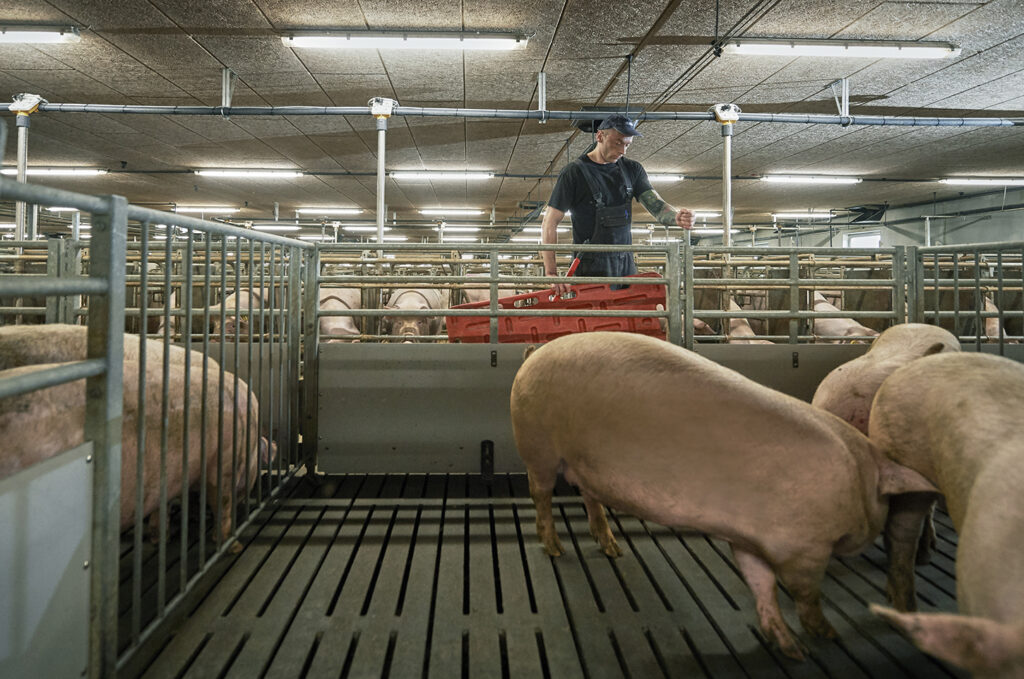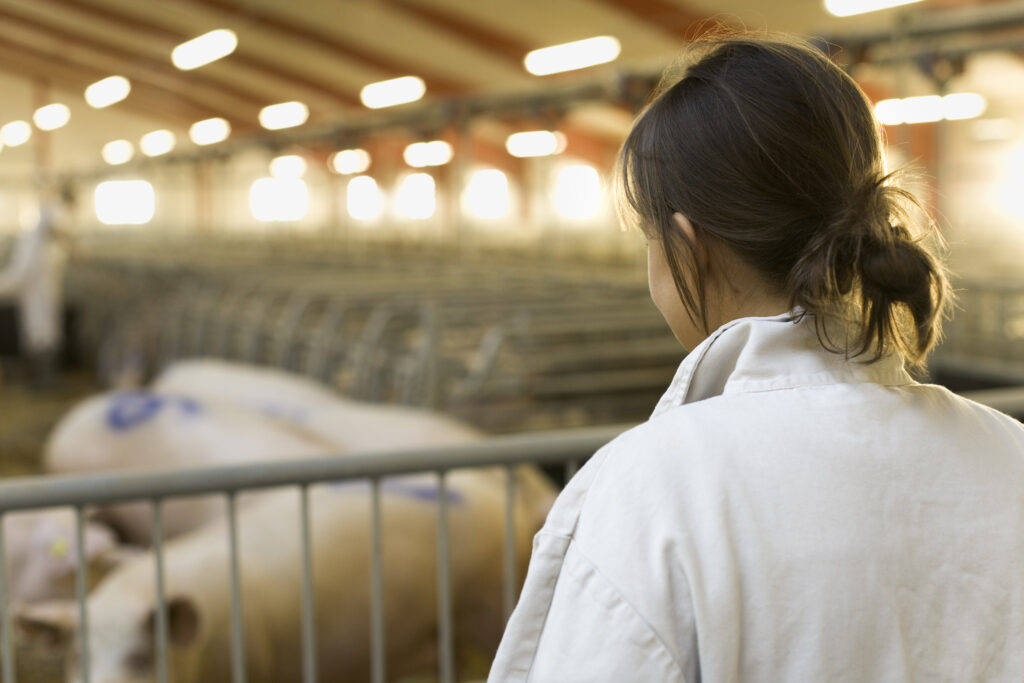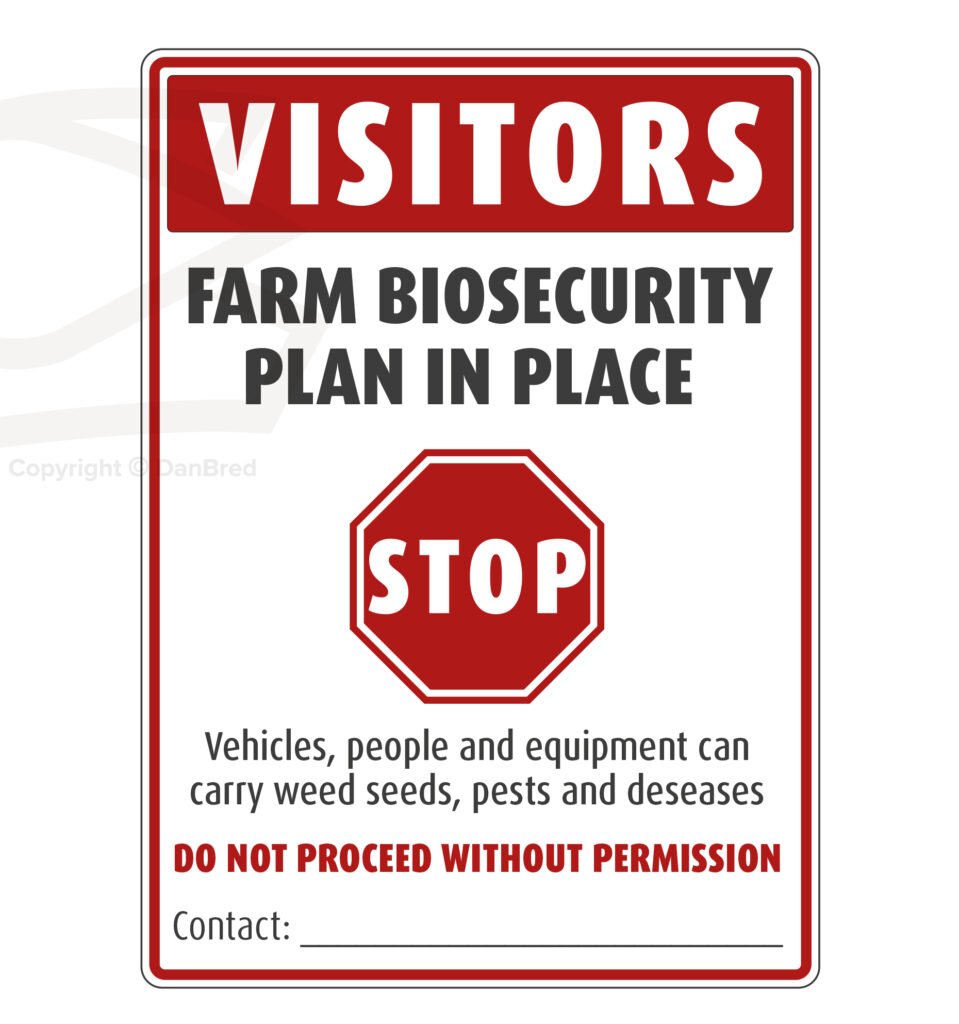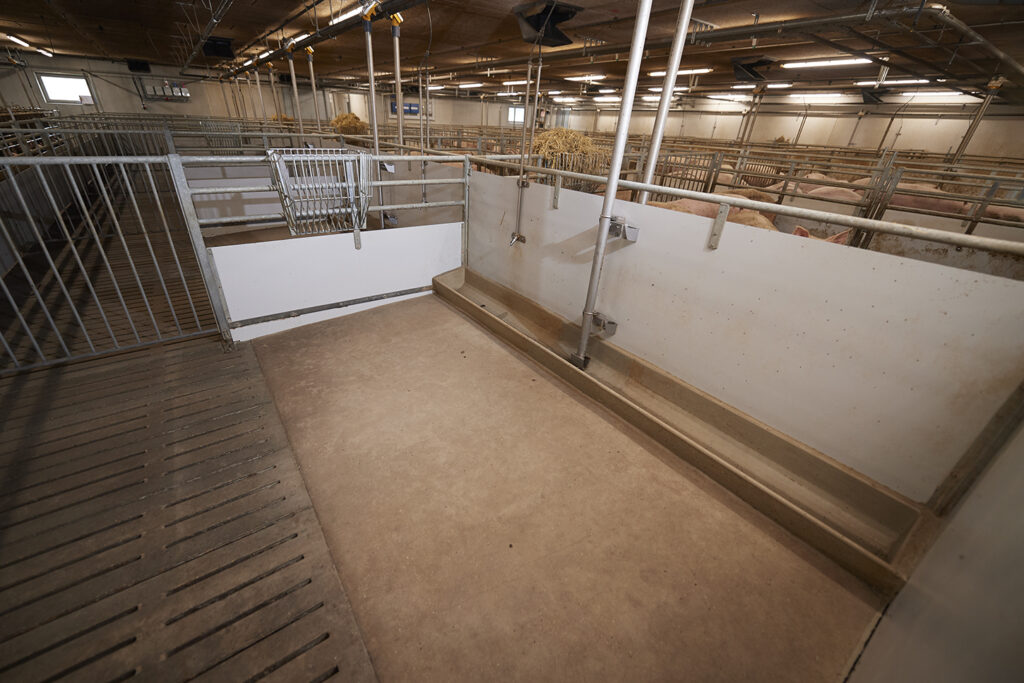Quarantine for high value breeding stock
Content
Why quarantine compliance is essential
Proper acclimatisation, with a well-managed quarantine period allows the breeding stock to adjust to the climate, feed, housing and management, is essential when receiving high health DanBred animals.
Integrating high value breeding stock
High health DanBred genetics are well known for world-class performance- delivering large robust litters with an extraordinary genetic potential for growth. When entering new breeding stock into the herd, proper acclimatisation with a well-managed quarantine period will allow the animals to adjust to their new climate, the new feed, the housing and management systems. One of the most critical factors and goals of the acclimitisation is to slowly expose the incoming animals to the organisms and pathogens existing in the recipient herd, whilst also allowing them time to recover and establish immunity.
Ensuring the best possible introduction of new breeding stock


 A high level of management and systematic recording are essential tools when introducing new breeding stock into any existing production enterprise. New breeding animals should always be placed in an isolated quarantine facility where the animals (aside from undergoing a heath evaluation) can recover from transport and adapt to the new climate, feeding and housing systems (DPRC, 2007).
A high level of management and systematic recording are essential tools when introducing new breeding stock into any existing production enterprise. New breeding animals should always be placed in an isolated quarantine facility where the animals (aside from undergoing a heath evaluation) can recover from transport and adapt to the new climate, feeding and housing systems (DPRC, 2007).
The main objective is to make the breeding animals comfortable in their new environment as quickly as possible.
Key areas to focus on are:
Water & feeding: A change in the type of feed or climate can cause the animals to temporarily stop eating. Observation around feeding time is therefore really important to see if all breeding animals are adequately drinking and eating.
Housing & environment: The transport and new housing systems, especially floor types, can cause sore legs among the incoming breeding stock. Ensure there is enough space and a smooth transition by providing bedding materials in a part of the quarantine where possible (keeping in mind the manure system and biosecurity maintenance).
Medication & Vaccinations: Ideally, the farm veterinarian should check all animals upon arrival. At the first sign of injuries or disease ensure the proper measures are taken. Before integrating new breeding stock into the main herd, ensure the on-farm veterinary health plan is followed.
Quarantine facilities should be placed separately from the main herd, including the ventilation and feeding systems. Manure should also be handled independently from the receiving main herd.
Set up a separate entrance for the quarantine area, with the minimum biosecurity action a change of clothes and footwear as well as a proper hand wash. It is highly recommended to have a shower-in shower-out set up (DPRC, 2013).
The quarantine staff should ideally be allocated specially to the quarantine unit to ensure the best possible care and (possible) disease segregation. Alternatively, work with the isolated quarantine area should be completed at the end of the day, ensuring that staff can shower and be pig free overnight before entering the main herd again.
The quarantine should be run as all-in/all-out production system and must have a capacity for an 8 week cycle. Depending on health status and the vaccination procedures, the isolation period can be extended to 12 weeks (DPRC, 2007).
Easy steps for setting up and managing quarantine facilities
Managing proper isolation and acclimatisation will increase the success rate at entry to the main herd.
Space
DanBred recommended pen area per animal in isolation:
| Weight | Recommended Area per Animal |
| 50–85 kg | 0.75 – 1.00 m2 |
| 85–110 kg | 0.75 – 1.00 m2 |
| 110+ kg | 1.50 – 1.90 m2 |
Preparation
 Before arrival make sure that all surfaces in the quarantine unit have been:
Before arrival make sure that all surfaces in the quarantine unit have been:
- Emptied for slurry and/or manure.
- High-pressure washed with soap, rinsed and disinfected.
- Completely dried without water present on both the floor and equipment.
Temperature
Recommended ambient temperature 15-20°C
Two-climate pens with partial covers can help meet the demands of different ages.
In hot climates, increase the air speed to help regulate temperature and reduce humidity, but avoid direct drafts in the pens. Water sprinklers or foggers can be used to help the animals stay cool and comfortable, although be careful to select the correct particle size to avoid creating a constantly wet and/or humid environment.
Health status
Monitor the animals’ health status daily and seek veterinary advice if any concerns arise.
Watch for signs and symptoms of diseases:
- Reduced appetite or lack of interest in water
- Lameness
- Cough
- Wobbly walk
- Abnormal head position
- Changed consistency of faeces
References
Danish Pig Research Centre (DPRC) (2007): Manual – Håndtering af polte. SEGES Videncenter for Svineproduktion. Retrieved 25/02/19 https://svineproduktion.dk/publikationer/kilder/lu_rapporter/manual_haandtering_polte
Danish Pig Research Centre (DPRC) (2013): Smitteforebyggelse i besætningen. SEGES Videncenter for Svineproduktion. Retrieved 25/02/19 https://svineproduktion.dk/viden/om-grisen/sundhed/forebyggelse/smittebeskyttelse




